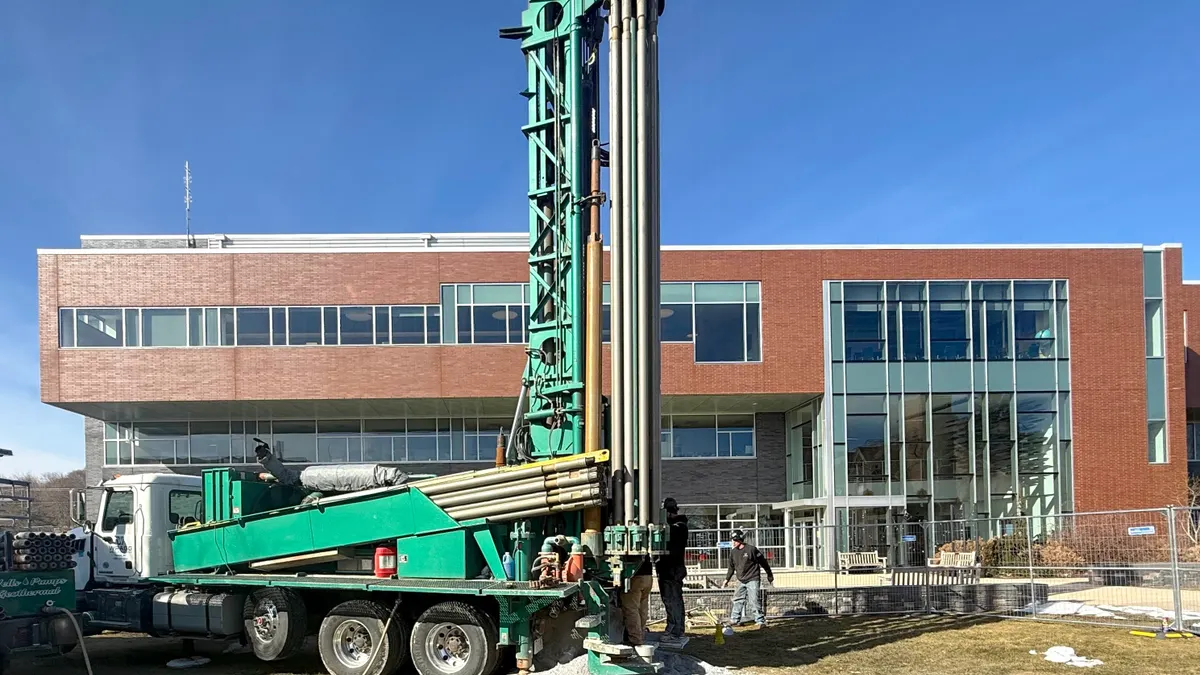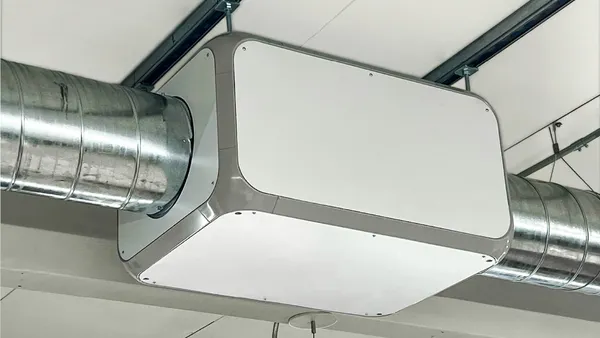Warehouse and distribution center operators are using artificial intelligence and automation technologies to improve the effectiveness of their facilities in a number of ways, from managing vendors coming in and out of their buildings to maintaining assets.
Skeens Warehouse Services, a third-party facility support firm based in Indiana, said it has partnered with CMMS provider Facilio to streamline how it manages work orders and communicates with vendors.
"What used to take multiple tools, emails and manual steps is now streamlined and fully visible in one place,” said Riley Skeens, vice president of operations at Skeens Warehouse Services. “We've not only eliminated hours of manual coordination but are now better equipped to scale our services for new clients and international expansion."
The implementation of Facilio’s AI-driven Connected CMMS Suite, according to the two companies, automates and integrates how work orders are checked in and out and standardizes the process for submitting quotations and invoices. And it gives facility managers a dedicated portal to submit work orders and track vendor performance.
The partnership replaces disjointed tools and manual coordination, which had made it difficult to maintain efficiency at scale, the companies said Friday.
AI-driven tools like Facilio’s Connected CMMS suite can also drive maintenance efficiency at warehouses and other industrial facilities, according to Ryan Chan, CEO and founder of UpKeep, a CMMS provider.
By analyzing data collected from operations, the platforms can help facility managers optimize maintenance rather than wait for assets to break down or rely on repair and replacement schedules.
“The future of asset operations is, instead of looking at assets at three distinct moments of time, looking at the entire lifecycle,” Chan said during a webinar. “The asset operations vision is shifting the mindset from looking at maintenance as a cost center to a profit center.”
While AI can’t climb ladders or turn wrenches, it can help with data analysis, training and building a knowledge base, according to Chan.
By using AI, operators can “run simulations of digital plans that will think, learn, respond and give you a digital blueprint of your entire operations,” he said. “It’s not just triggering alerts, it’s looking at the entire detection diagnosis, helping you dispatch the right person and helping you drive a resolution feedback cycle.”
The systems can also be useful when facility managers are trying to navigate the line between operations that focus on the building and those that focus on the work that’s being done in the building. Being able to manage assets involved in both types of operation is especially important in warehouse and distribution center settings because these types of operations rely heavily on the physical building, from dock doors to storage areas. That makes strategically planning and managing the layout of facilities to optimize space paramount.
Facility operators that use AI-enabled platforms can realize efficiencies of 20% to 30% in inventory management, a 5% to 20% cut in logistics costs and up to 15% drop in procurement spend, according to a November 2024 analysis by McKinsey.
“Using a highly granular approach, the system evaluates the labor and assets (such as forklifts) required to complete warehouse operations on an hour-by-hour basis and analyzes the impact of variability in demand and resource availability,” McKinsey said in its report. “This helps the company understand the true capacity of its facilities and improves decision making by accurately predicting the impact of changes in labor, assets, or material flows.”












